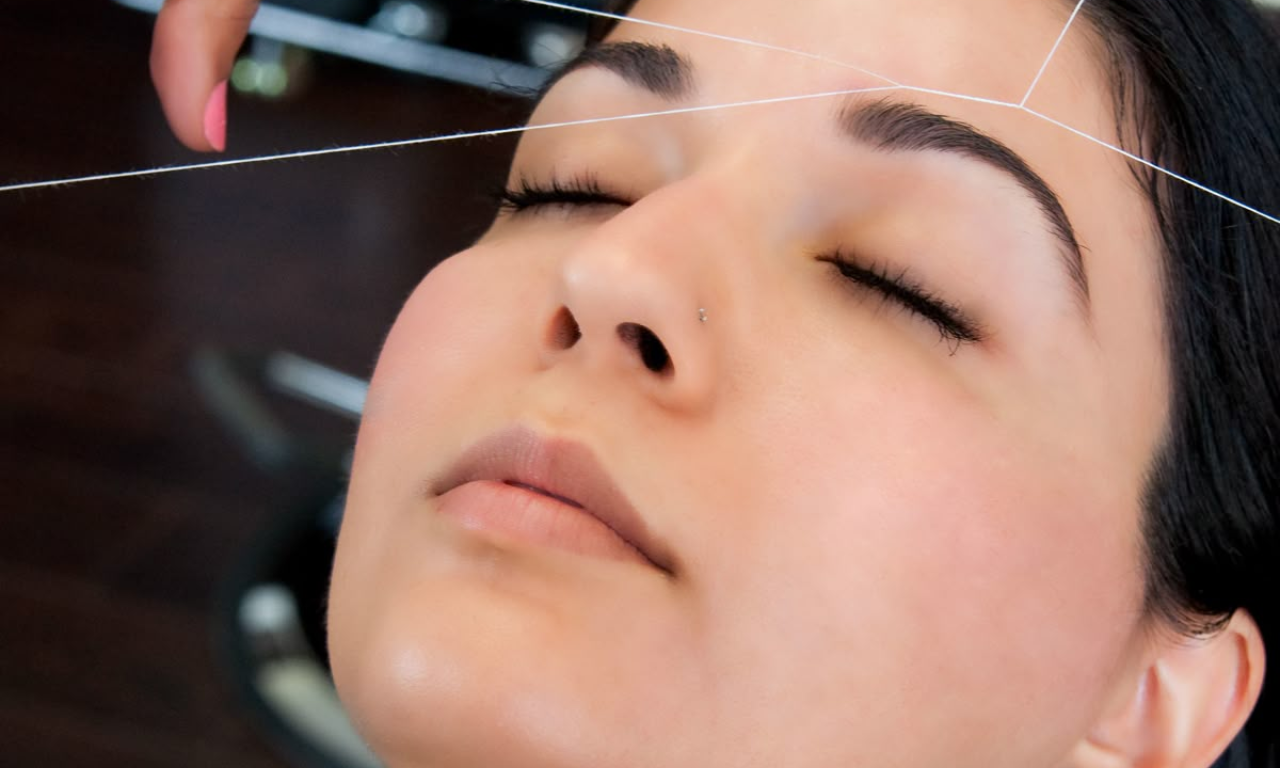“Smooth Skin or Hidden Damage? What You Must Know About Face Threading & Face Waxing”

What are you looking for ?

Every woman loves that clean, hair-free, glowing face — and the quickest way to get it is usually threading or face waxing. Whether it’s shaping your brows or removing fine facial hair, these methods promise instant smoothness. But baby, let’s talk skin truth — while they make your skin look soft and clear, they can also secretly harm your skin barrier if not cared for properly.
As a Skin Coach, I see so many women struggling with tiny bumps, redness, clogged pores, or pigmentation after repeated threading or waxing sessions. Here’s why — both processes involve tugging and pulling the skin, which causes micro tears and inflammation. Over time, this can loosen skin elasticity and make your face more prone to premature aging.
Threading removes hair from the root by twisting a thread along the skin, while waxing pulls hair using warm or cold wax. Both methods can leave pores open, which allows dirt and bacteria to enter easily — leading to whiteheads, acne, and post-wax rashes. For sensitive or acne-prone skin, this can be even more uncomfortable.
That’s why post-hair removal care is as important as the treatment itself. The best way to soothe, protect, and prevent skin irritation is by using a calming antibacterial gel right after the procedure.
Skincoach – Isha Nagrra
Infused with Tea Tree Oil, Aloe Vera, and Niacinamide, it:
Cools and calms freshly threaded or waxed skin
Reduces redness, rashes, and bumps
Prevents bacterial infection and clogged pores
Helps fade pigmentation caused by continuous hair removal


The formula instantly hydrates and restores your skin’s natural pH balance, keeping it fresh, clean, and glowing without stickiness.
So , next time you go for a face wax or threading session, don’t skip the aftercare. Protect your pores, calm your skin, and maintain that glass-like glow with Aurey Tea Tree Gel — your skin’s best post-treatment friend.
The point of using Lorem Ipsum is that it has a more-or-less normal distribution of letters, as opposed to using \’Content here, content here\’, making it look like readable English.